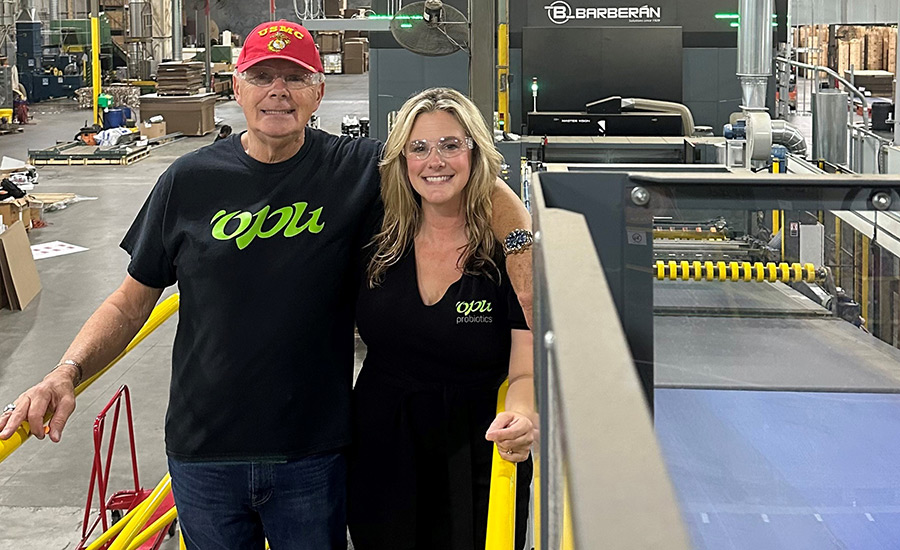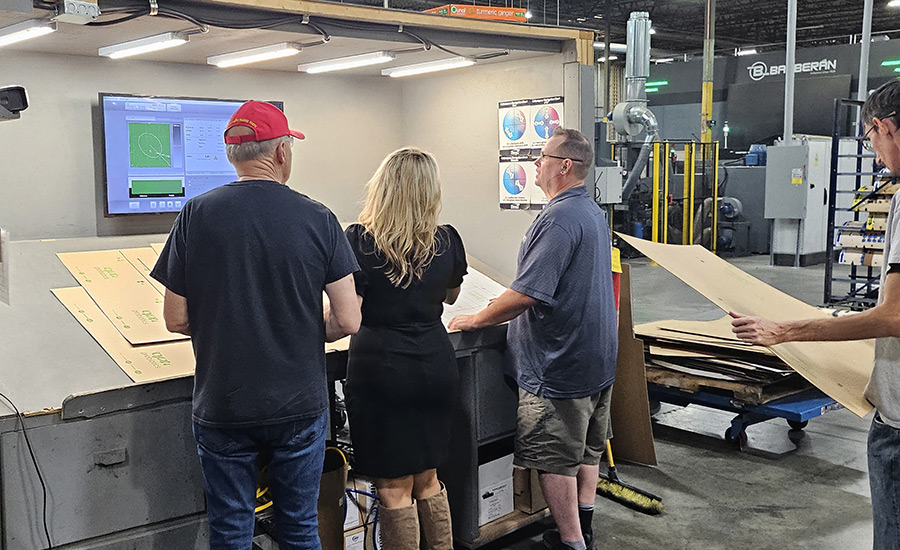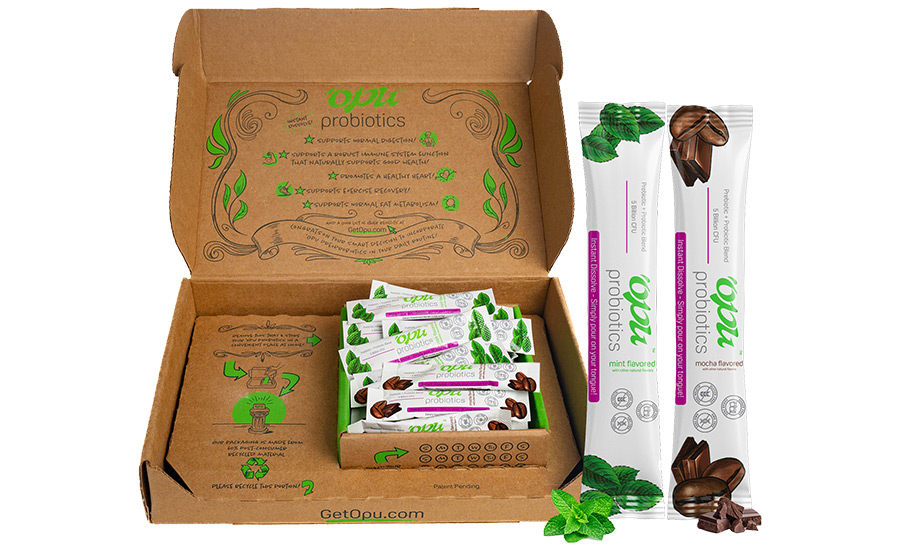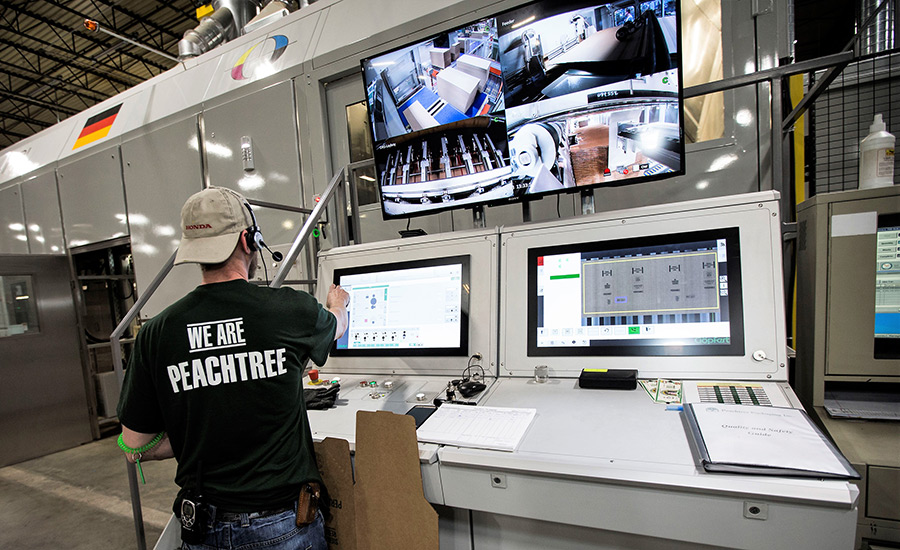Tiffany Krumins is no stranger to entrepreneurship. She launched her first business in 2009 after pitching a product and securing funding on the primetime television show "Shark Tank." Her latest e-commerce company, ‘Opu Probiotics, was inspired by her own struggle following a cancer diagnosis.
Krumins required radiation therapy, and the medicine wreaked havoc on her digestive system. To aid her recovery, she tested different probiotics and prebiotics to improve her gut health. After finding a product that worked, she was amazed at the change in her quality of life.
The experience inspired Krumins to partner with her father, Brian Dunsha, and launch her first e-commerce company, ‘Opu Probiotics. Krumins saw the upside of marketing and selling directly to consumers. She already had a following on social media, so she had a marketing advantage. Since probiotics were a consumable product, she could expect repeat business if she provided a high-quality product and built brand loyalty. A subscription-based company would also be scalable and flexible. She could add new products and expand over time.
There's no question that e-commerce has exploded in the last decade. In 2023, e-commerce is expected to represent 42 percent of total retail sales growth, for a total of $1.4 trillion in sales, according to FTI Consulting 2023 U.S. Online Retail Report. Direct-to-consumer business is also booming, with an expected $182.62B in sales in 2023, according to Statista.

Tiffany Krumins with her father, Brian Dunsha, who partnered with Krumins to launch her first e-commerce company, ‘Opu Probiotics. Courtesy of ‘Opu Probiotics

Dunsha and Krumins talk to an employee at Peachtree’s packaging facility.Courtesy of ‘Opu Probiotics
If Krumins was going to launch an e-commerce company, she knew she needed exceptional packaging. Krumins wanted a vendor located in the United States or, better yet, in her home state of Georgia. Her probiotic manufacturer was in Georgia, and she loved visiting the plant and feeling connected with the product she was selling. She wanted to be equally involved in the packaging process, especially given its role in her business plan. Krumins soon found Peachtree Packaging & Display based in Lawrenceville, Georgia, and began planning her project.
Pete Galbiati, marketing director for Peachtree Packaging and Display, was one of several key figures to walk Krumins through the process. While Krumins was familiar with branding and experiential design, she was unfamiliar with graphic packaging requirements, timelines and logistics. She had an idea of what she wanted but needed an engineer to design it and advise on the most cost-efficient production.
Krumins worked with a salesperson to outline her needs, which the in-house design team used to design her box. The final product met the functional requirements while capturing ‘Opu Probiotics brand messaging and imagery. The exterior showcases the brand logo, brand color and teaser messages. The interior lid lists the product's benefits and website. The interior includes a removable tray to hold the packets and has a calendar so customers can track their doses. Krumins was thrilled.

Opu Probiotics wanted the package to hold its instant dissolve packets, separate from the shipper, without printing two separate boxes.Courtesy of Opu Probiotics
"We wanted the package to hold our instant dissolve packets, separate from the shipper, without printing two separate boxes," said Krumins. "We disliked the way bigger companies ship boxes inside of boxes, often with padding of some kind. Our small yet beautiful shipper safely delivers our product and provides customers with a convenient, attractive tray they can use at home. Many customers have told us they also keep the outer box because it's sturdy and pretty."

When Krumins needed a slightly different box for a new product, Peachtree was able to modify her designs for a short-batch run.Courtesy of Peachtree Packaging & Display.
Peachtree has learned many lessons while serving e-commerce customers in the last decade. There are inherent challenges in the niche. Many e-commerce companies are early-stage businesses with unique needs. They may be unfamiliar with the packaging process. The companies may have small budgets. E-commerce packaging orders are typically smaller than retail packaging orders. Smaller orders are often more expensive than larger orders. Still, there are ways packaging companies can adapt.
RELATED ARTICLES
Peachtree ran ‘Opu Probiotics' initial order on its Gopfert Evolution 5-Color Die Cutting Press, which required printing plates (expensive) but is less costly in high quantities and has exceptional color quality for branding. When Krumins needed a slightly different box for a new product a year later, Peachtree was able to modify her designs for a short-batch run. The move saved Krumins time and money while delivering the same quality of print. To further enhance its short-run capabilities, Peachtree added a plateless Barberan Jetmaster 2.0 Single Pass Direct Digital Press to its infrastructure this year.
"I've worked with a lot of vendors over the years, and I can't tell you how many have told us they would get 'as close as possible' to our brand colors, something they would never say to the Cokes of the world," Krumins said. "But we watched in person as the team at Peachtree used their technology to perfect our 'Opu green prior to printing. It built trust that they were as concerned with protecting our brand as we are."
One of the most essential tips for winning e-commerce customers is prioritizing customer service, Galbiati says. "With e-commerce customers, there will always be unique challenges. To succeed, you have to cultivate and encourage your design team and employees to be solution-minded and customer-focused. It's all about working with people and providing solutions that protect the brand and build trust."


